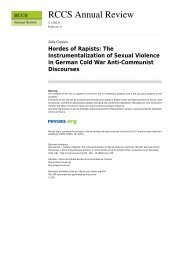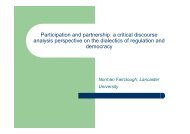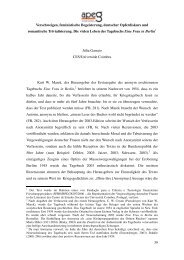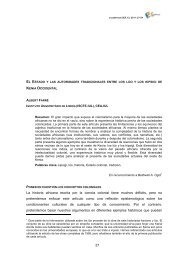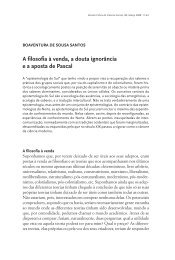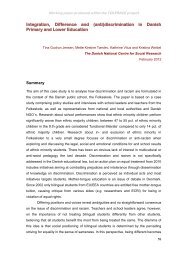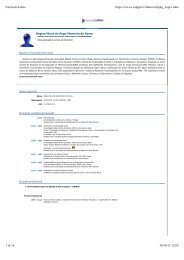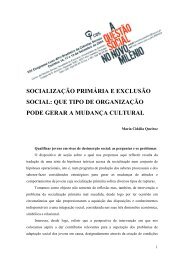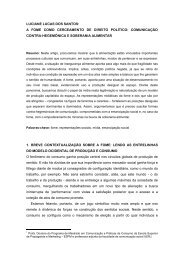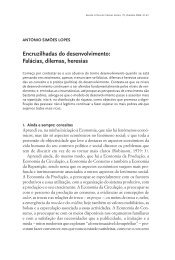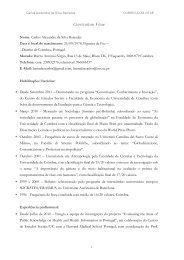Analysis of Integration Policies and Public State-Endorsed ...
Analysis of Integration Policies and Public State-Endorsed ...
Analysis of Integration Policies and Public State-Endorsed ...
You also want an ePaper? Increase the reach of your titles
YUMPU automatically turns print PDFs into web optimized ePapers that Google loves.
Working paper produced within the TOLERACE project<br />
minority youth (about legal rights, education, forced marriage, violence), debate on<br />
female <strong>and</strong> male roles targeting ethnic minorities (specifically within families with ethnic<br />
minority background), <strong>and</strong> information campaign towards ethnic minority woman about<br />
rights as a woman in Denmark. Again, it is a question <strong>of</strong> ethnic minorities adapting to<br />
Danish society which is implicitly defined as producing equal opportunities to men <strong>and</strong><br />
women. It is mentioned in brief that prejudices towards ethnic minority women occur<br />
primarily based on their clothes, <strong>and</strong> it is written that ―clothes is a factor that can<br />
influence the women‘s possibilities <strong>of</strong> employment‖ (p. 9). It is not followed, however,<br />
by any initiatives on how to include for example women wearing hijab into the labour<br />
market, or on how to avoid discrimination based on stereotypical perceptions <strong>of</strong> ethnic<br />
minority women. On the contrary, the following pages are concerned with for example<br />
how to ―break down gender specific prejudices <strong>and</strong> sexual role patterns within the<br />
families‖ (p. 10). No specific effort is made, in other words, to counteract the exclusion<br />
women may experience because they wear the hijab since the action plan is based on<br />
the assumption that the women are oppressed by – <strong>and</strong> must break free from –<br />
patriarchal family structures (Gressgård & Jacobsen, 2003). An oppression which in<br />
Danish political <strong>and</strong> media discourses is equated with the hijab (Andreasen, 2007).<br />
In sum, the dominating discourses on gender equality in the action plan<br />
(re)produces stereotypical underst<strong>and</strong>ings <strong>of</strong> ethnic minorities as people living by<br />
tradition, while Danish society is represented as a society based on values <strong>of</strong> equality,<br />
democracy <strong>and</strong> freedom. Thus, a line is marked between ‗Us‘ <strong>and</strong> ‗Them‘, between the<br />
ethnic Danes, who have already achieved gender equality <strong>and</strong> the ethnic minorities,<br />
who have not.<br />
64



